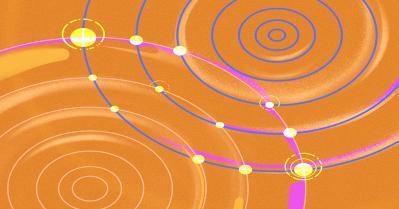This post mirrors part of a new book by Terrence Sejnowski on debates about AI's capacity to mirror cognitive processes. I'm not sure where the book eventually lands on this subject, but this post describes how AI and neuroscience have been feeding into each other and how an AI may eventually simulate actual brain processes, citing an example using escape behavior from anoxia in zebrafish larvae and walking behavior in flies where this has already been accomplished. This post was originally published in Brains and AI, with extraneous material. I've subscribed to this newsletter so you may see more from this source.
Today: 0 Total: 443 [] [Share]




